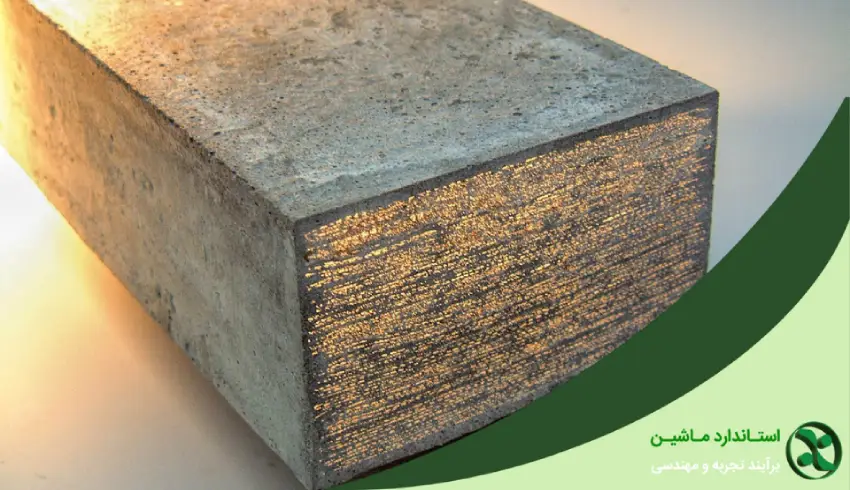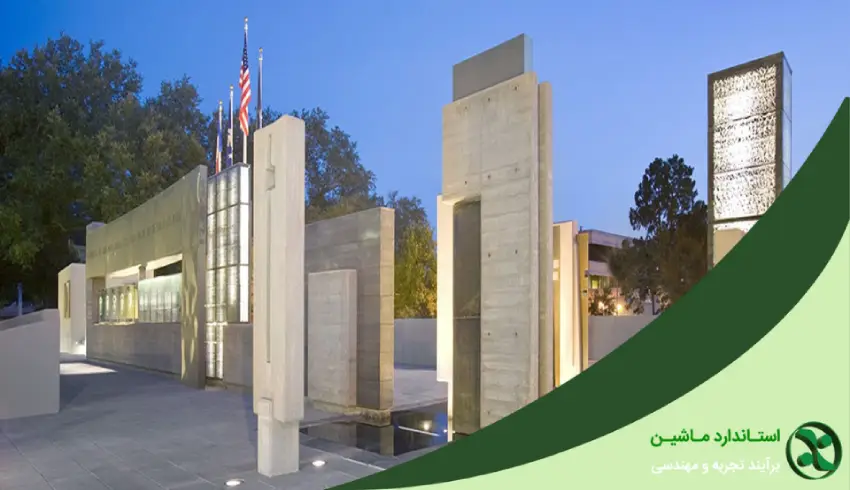Transparent concrete is one of the most innovative achievements in contemporary architecture, turning the dream of transmitting light through concrete into reality. In 2001, Hungarian architect Áron Losonczi created a material by combining fine optical fibers and concrete—resulting in a substance that is both strong and capable of transmitting light. This innovation, known as transparent concrete or Litracon, quickly earned a special place in modern architectural projects. In addition to its aesthetic appeal, light-transmitting concrete is considered a green material that enhances energy efficiency and natural lighting in buildings.
Given that transparent concrete is used in architecture and artistic work and requires precise molding and placement of optical fibers, it cannot be produced in a batching plant.
What is Transparent Concrete?
Transparent concrete is a modern technology in the construction industry that incorporates optical or glass fibers to allow light transmission through concrete. In this type of concrete, optical fibers are uniformly distributed throughout the mix and transmit light from one side to the other—without compromising the strength and durability of the material. This unique feature allows designers to create brighter and more visually appealing spaces while also reducing the energy consumption of buildings.
As a sustainable and eco-friendly material, transparent concrete reduces the need for artificial lighting through its ability to transmit natural light, thereby helping reduce greenhouse gas emissions. It is commonly used in building facades, interior walls, flooring, and urban furniture, offering a modern and functional appearance in urban spaces. Given its distinct features, transparent concrete is expected to play an increasingly significant role in sustainable architectural development.
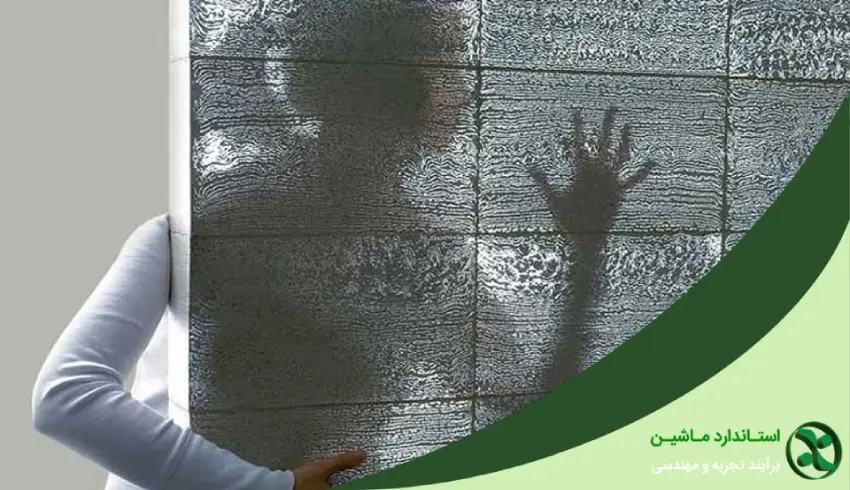
Advantages of Transparent Concrete
Thanks to its unique characteristics, transparent concrete has earned a valuable position in architecture and offers many benefits compared to traditional concrete and similar materials. Not only does it improve building performance, but it also brings a fresh visual element to architectural design and enhances the quality of interior environments.
Key benefits include:
-
Transmits natural light, reducing the need for artificial lighting and saving energy.
-
Can be used in various structural elements, including walls and facades.
-
Improves energy efficiency through daylight penetration.
-
Lightweight and easier to transport and install.
-
Creates visually stunning effects in architectural design.
-
Highly durable and low-maintenance.
-
Suitable for both indoor and outdoor applications.
-
Provides a calming atmosphere due to natural lighting.
These advantages have made light-transmitting concrete a popular choice among architects and designers.
Disadvantages of Transparent Concrete
Despite its many benefits, transparent concrete also has some limitations that must be considered:
-
Its production process is complex and time-consuming due to the precise placement of optical fibers, requiring skilled labor.
-
The use of expensive optical fibers significantly increases its cost compared to regular concrete.
-
It performs poorly in thermal and acoustic insulation.
-
Some types may not offer sufficient structural strength for heavy loads.
These drawbacks should be considered when deciding whether to use light-transmitting concrete in a project.
Technical Specifications of Litracon
Concrete is one of the most commonly used construction materials, and its physical and mechanical properties play a crucial role in the quality and durability of structures. Below are the technical details of Litracon:
| Property | Specification |
|---|---|
| Fiber Content | Up to 5% of the total block volume |
| Light Transmission | 3% of light for every 4% fiber content |
| Density | 2100–2400 kg/m³ |
| Compressive Strength | 49–56 N/mm² |
| Flexural Strength | 7.7 N/mm² |
| Block Dimensions | 600 mm (L) × 300 mm (W) × 25–500 mm (T) |
| Color Options | White, Grey, Black |
Thanks to its excellent strength and light transmission, Litracon is an ideal material for modern architectural projects.
History of Litracon
The concept of transparent concrete was first introduced in the early 1900s when polymer-based optical fibers were being developed. Despite its potential, the idea remained untouched for decades. Finally, in 2001, Hungarian architect Áron Losonczi turned the concept into reality. After nearly two years of design and experimentation, he succeeded in producing the first transparent concrete. This innovation gained rapid popularity in countries like Italy, Germany, and China. Over time, its use has also expanded in countries such as Iran, making it a common material in modern architecture.
Composition of Transparent Concrete
Transparent concrete consists of four main components: cement, water, fine aggregates (sand), and optical fibers. This specific composition allows light to pass through without compromising strength.
-
Cement
Regular cement is used—there’s no need for special types since the light-transmitting function is handled by the optical fibers. -
Fine Aggregates (Sand)
The sand must be finer than that used in traditional concrete. Sand passing through a 1.18 mm IS sieve is ideal, ensuring a uniform mix that allows light to pass through easily. -
Coarse Aggregates (≤10mm)
Small-sized aggregates (less than 10 mm) ensure proper placement of optical fibers and maintain the mechanical strength of the concrete. -
Optical Fibers
These are the most critical element. Made from silica or plastic, the fibers are as thin as human hair and can transmit light from one surface to another. They typically range from 2 µm to 2 mm in diameter.
Production Process:
The mold is first filled with a layer of fine concrete, then a layer of optical fibers is added. The mold is subjected to vibration and pressure to ensure even fiber distribution. Finally, the block surfaces are polished to achieve the final transparent appearance.
This special composition and precise manufacturing process make transparent concrete a unique material for modern and sustainable design.
Reasons to Use Litracon
Transparent concrete offers many advantages over traditional materials, particularly in terms of energy savings and visual aesthetics. Its ability to harness sunlight reduces the reliance on artificial lighting, significantly lowering energy costs in the long run and supporting the conservation of non-renewable resources. Additionally, it is considered an environmentally friendly material that contributes to both safety and beauty in architectural projects.
Although the initial cost is high due to the use of optical fibers, the long-term savings in energy expenses make it a cost-effective choice for large-scale projects—especially in regions with abundant natural light.
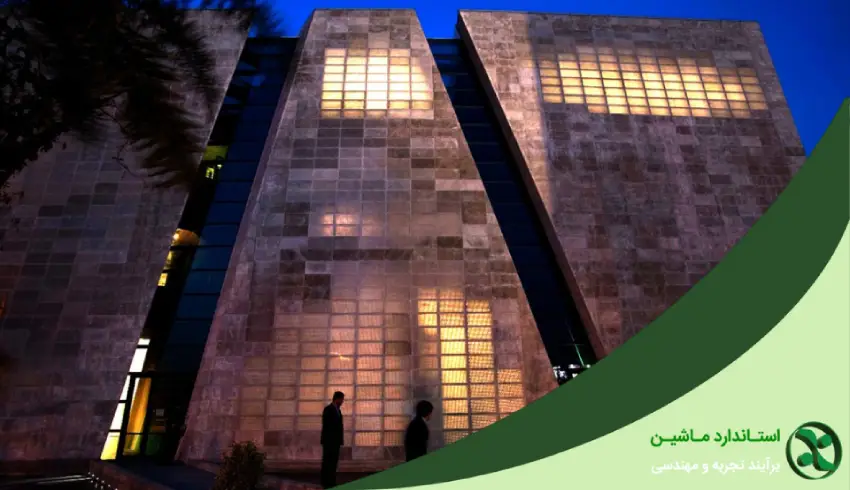
Applications of Transparent Concrete
Despite its many advantages, transparent concrete is not yet widely used in the construction industry. However, it has diverse applications, including:
-
Flooring
-
Paving
-
Staircases
-
Doors
-
Panels
-
Partition walls
-
Road speed bumps
-
Sidewalks
-
Underground areasConclusion
Transparent concrete represents a significant innovation in construction, combining strength with aesthetic value. It enables the transmission of natural light, reduces energy consumption, and enhances the beauty and brightness of architectural spaces. Despite some disadvantages such as cost and insulation limitations, its numerous benefits—especially in energy efficiency and modern design—make it a preferred choice for sustainable architecture. The use of this technology is expected to grow in the future.
